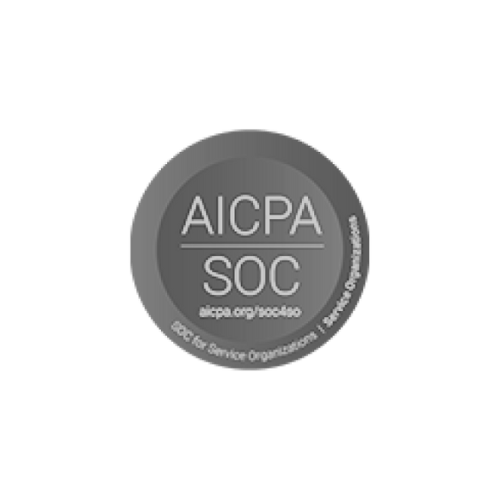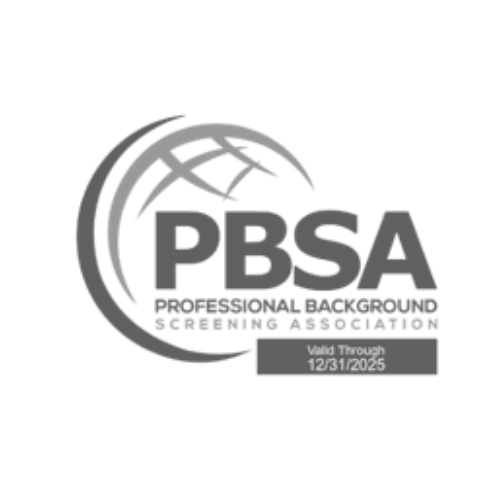The Blind Spot Most HR Leaders Don’t Talk About
Most HR leaders pour significant resources into pre-employment checks, making sure candidates are who they claim to be before a job offer is signed. But here’s the reality: risks don’t stop after day one.
An employee can pass every pre-hire screen and still pose future risks if no further monitoring is in place. Think of revoked professional licenses, ongoing legal disputes, undisclosed dual employment, or even financial instability that develops later. Ignoring post-employment checks creates a blind spot that can turn into reputational, financial, and compliance damage.
And yet, this area of background verification is still massively overlooked.
Why Post-Employment Checks Matter More Than Ever
The workforce landscape has changed. Remote work, gig economy overlaps, and heightened regulatory scrutiny have made it riskier to assume that initial screening is enough. Here’s why post-employment checks are crucial:
- Dynamic Risk Profiles: Employees’ circumstances change. An individual with a clean record today might face criminal charges tomorrow. In regulated industries, that’s not just a personal issue—it’s a compliance breach waiting to happen.
- License and Certification Validity: In sectors like healthcare, aviation, or finance, licenses can expire, be suspended, or revoked. If no ongoing verification exists, organizations risk letting unqualified employees serve in critical roles.
- Dual Employment & Conflict of Interest: With hybrid and remote work, moonlighting has become easier to conceal. Unchecked, it can lead to productivity loss, IP theft, or breaches of exclusivity agreements.
- Reputation and Client Trust: A single overlooked risk can cost years of brand-building. Clients and regulators now expect organizations to demonstrate continuous diligence, not just one-time checks.
What HR Leaders Often Get Wrong
The hesitation around post-employment checks usually comes down to three misconceptions:
- “It feels like distrust.” Many HR leaders avoid ongoing checks because they worry about damaging employee morale. But the truth is, when framed correctly, continuous verification protects employees as much as it protects the business.
- “It’s too costly.” The cost of ongoing checks is negligible compared to the potential fallout of lawsuits, regulatory fines, or a public scandal. Smart companies treat it as risk insurance.
- “We’re already compliant with pre-employment screening.” Compliance requirements are evolving. Regulators in finance, healthcare, and aviation increasingly expect ongoing monitoring. What was optional yesterday is edging toward mandatory today.
How to Build a Smart Post-Employment Screening Framework
Rolling out ongoing checks doesn’t mean re-screening every employee every month. The most effective programs are risk-based, transparent, and integrated with broader compliance strategies. Here’s how to structure it:
1. Risk-Based Frequency
- High-risk roles (finance, legal, healthcare, data security) should be screened more frequently than low-risk roles.
- Consider annual, biennial, or event-triggered rechecks (e.g., promotion, access to sensitive data, role change).
2. Defined Scope
- Criminal Records: Regular checks for roles handling sensitive data, finances, or vulnerable populations.
- License and Certification Validity: Automated reminders and verifications tied to regulatory deadlines.
- Employment Conflicts: Monitoring for dual employment or unauthorized business activities.
- Financial Background: For roles with fiduciary responsibilities, periodic financial health checks.
3. Transparency and Communication
- Clearly communicate policies upfront at the time of hire.
- Position re-screening as a shared responsibility to protect the organization, clients, and colleagues.
- Offer opt-in education sessions so employees understand the “why” behind the practice.
4. Technology Integration
- Integrate with HRIS and compliance systems to automate alerts and reduce administrative overhead.
- Use digital verification platforms that can flag changes in real time without manual intervention.
5. Governance and Compliance Alignment
- Ensure the framework aligns with local labor laws and data privacy regulations.
- Involve compliance, legal, and IT stakeholders in designing processes to avoid legal pitfalls.
Real-World Use Cases
- Healthcare: A hospital avoided liability when post-employment checks revealed a surgeon’s suspended license before patient harm occurred.
- Banking: A financial institution detected an employee under investigation for fraud through ongoing checks, preventing regulatory backlash.
- Tech Firms: Companies with sensitive IP have caught dual employment cases early, avoiding data leaks and productivity losses.
Actionable Steps for HR Leaders Today
If your organization has not yet implemented post-employment checks, here’s where to start:
- Audit current risks tied to roles across your workforce.
- Collaborate with compliance and legal teams to identify high-priority check areas.
- Pilot a re-screening program with one critical department.
- Invest in technology that integrates ongoing monitoring with your HR systems.
- Develop a clear employee communication plan to ensure transparency and trust.
From One-Time Check to Continuous Vigilance
Background verification cannot remain a “tick-the-box” activity limited to recruitment. Post-employment checks close the blind spot that too many organizations are still ignoring. As regulations tighten and risks multiply, HR leaders who build ongoing verification into their compliance framework will not only protect their organizations but also strengthen trust with employees, clients, and regulators alike.
It’s time to stop thinking of background checks as a hiring task and start treating them as a continuous shield. The organizations that make this shift will be the ones truly future-proofing their workforce.















